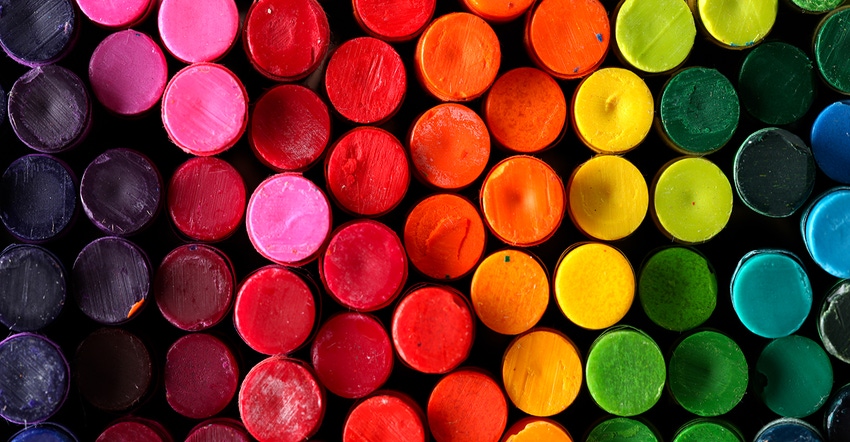Danimer Scientific Receives US Patent for Biodegradable Marking Wax
The material can be used to make plant-based, compostable crayons. Conventional crayons made with petrochemical-based paraffin wax can take decades to decompose.
July 1, 2021

Bioplastics company Danimer Scientific and Rob Falken have received a joint US patent for a renewable, biodegradable marking wax that serves as an alternative to petrochemical-based paraffin wax. Falken is an environmentally focused material developer in San Diego, CA, who partnered with Danimer Scientific to develop the material, which can be used to make plant-based, compostable crayons that reportedly break down in industrial composting facilities and home compost bins.
Traditional crayons made with non-renewable paraffin wax can take decades to decompose, noted Danimer Scientific. “Our mission is to develop and manufacture 100% renewable and biodegradable alternatives to traditional petrochemical-based materials,” said Chief Science and Technology Officer Phil Van Trump. “This project is a significant step toward expanding this mission from single-use plastic alternatives to a greater range of industries and applications. By collaborating with Mr. Falken, we combined his knowledge of functional waxes with our expertise in polymer chemistry to create a completely new material that has the potential to bring the crayon industry to the forefront of sustainability. We believe this has potential to help the next generation see how they can reduce the environmental impact of popular consumer products.”
Crayons made from the biodegradable wax exhibit the same quality, feel, and breaking strength as non-renewable paraffin, so consumers will not have to sacrifice performance when using a compostable crayon. In addition, the material is non-allergenic, non-toxic, and odorless, making it a safe and reliable product for children and adults alike. Danimer Scientific plans to engage crayon manufacturers in bringing this new material to the marketplace.
“The largest crayon manufacturers consume millions of pounds of paraffin wax every year to produce billions of crayons, and this new material offers a way to reduce the environmental impact of these beloved products,” said Falken. “We’ve also developed a formulation to use our biodegradable wax for making crayons with seeds in them, allowing consumers to plant the crayons rather than simply throwing them away after use. It’s a great way to educate children on how to dispose of broken or discarded crayons in an eco-friendly manner.”
About the Author(s)
You May Also Like


